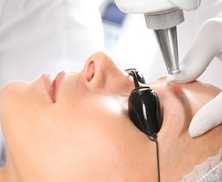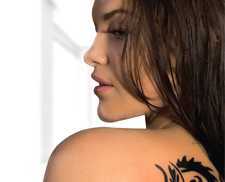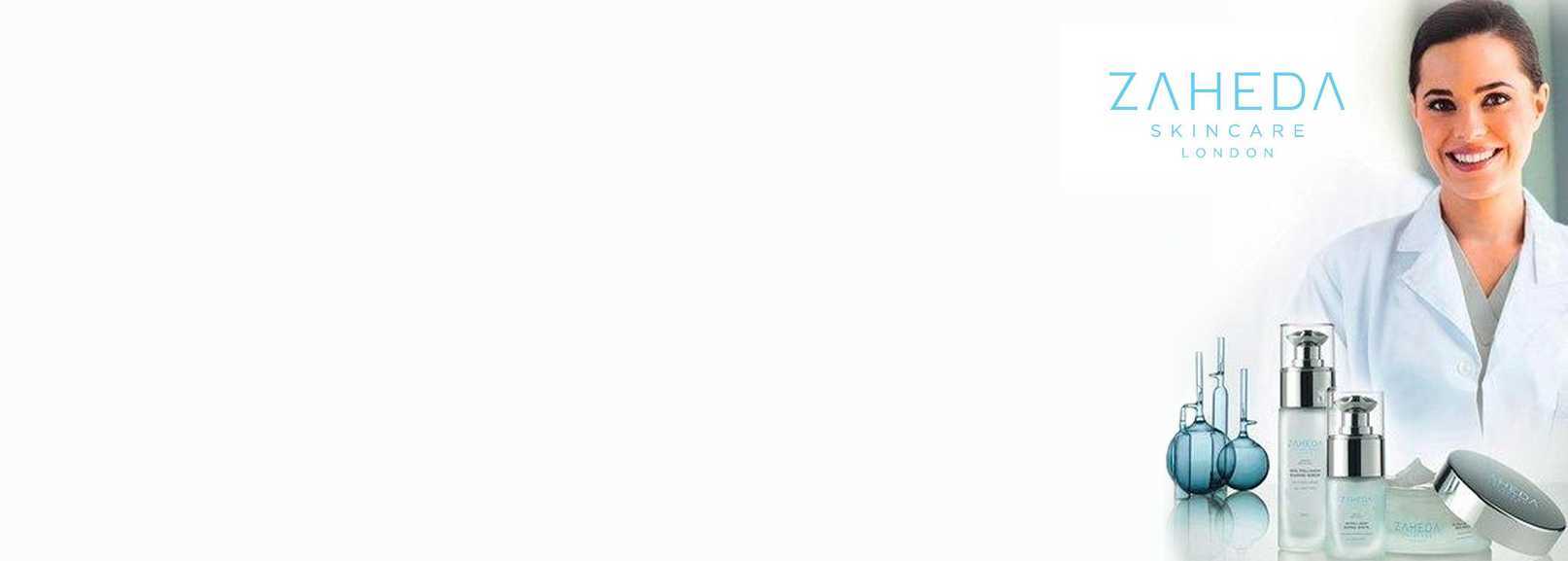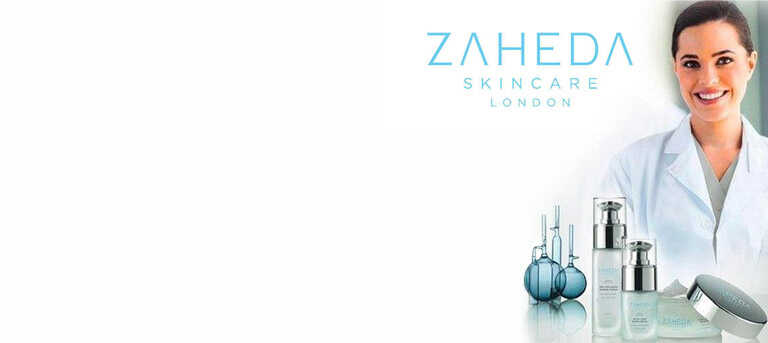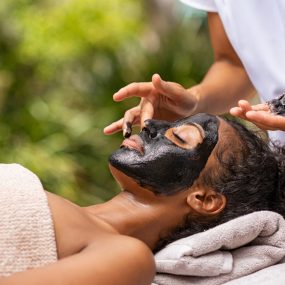Acne is a common skin condition that affects most people at some point in their lives. Acne is characterised by red bumps and pimples on the surface of the skin that are inflamed and irritable. Acne can affect a person’s self-esteem and confidence as well as their physical appearance. A common after effect of acne is acne scarring. At The Laser Treatment Clinic, we offer acne scar treatment for all scars and skin types.
What causes acne scars?
Acne scarring happens when nodules and cysts burst and damage the surrounding skin. Although any type of acne can cause scarring, this is the most common reason. Another cause behind acne scarring is when you squeeze and pick at your acne, this can cause a lot of damage to your skin, so it’s best to avoid this habit. Your best chance at avoiding acne scars is to let your active acne heal by avoiding touching it.
What are the different types of acne scars?
Not all acne scars are the same. There are two main types of acne scars that you should be aware of. These are atrophic scars and hypertrophic and keloid scars.
Atrophic acne scars
Atrophic scars occur when the skin has difficulty regenerating tissue. This causes indentations in the skin that heal below the surface. These scars are very common and are mainly caused by severe acne.
Severe acne is when you have cysts, nodules, and pustules that are painful and inflamed. Mild acne is usually whiteheads and blackheads along with a few red bumps.
Did you know that there are 3 different types of atrophic scars? They are:
Ice pick scars: these scars are commonly found on your cheeks, they are small and have a sunken appearance.
Rolling scars: this type of scar gives the skin a sloping, rolling, uneven appearance. They are common and often found on your cheeks too.
Boxcar scars: these scars create box-shape depressions into the skin, they are often defined by their sharp edges.
Hypertrophic keloid scars
Hypertrophic and keloid scars are two types of raised scars. This forms where the acne once was. The difference from atrophic scars is that hypertrophic scars are raised rather than indented. Hypertrophic and keloid scars occur when scar tissue builds up.
These kinds of scars are usually found along the jawline, and on your back and shoulders.
Treatments for scars
Here at The Laser Treatment Clinic, we can treat both atrophic and hypertrophic and keloid scars effectively on all skin types. There are many methods to treat acne scars, from laser resurfacing to collagen induction therapy to our natural skin peel treatment called the Derma White treatment. As well as advanced Microneedling with RF (Radio Frequency).
Advanced Microneedling with RF (Radio Frequency)
Remodel your face and body. Our popular fractional skin treatment stimulates collagen and elastin production of the underlying layers of the dermis. By targeting the deeper layers of the skin, tissues of the face and body can be remodelled to reveal more healthy smooth radiant youthful appearance.
The treatment can be used on any areas that can benefit from resurfacing and subdermal renewal. The most commonly treated areas include the face, neck, shoulders and back.
If you’re interested in seeking treatment for your acne scars then please contact us today or book your free skin consultation. One of our skincare experts can assess your skin and discuss treatment options with you.












